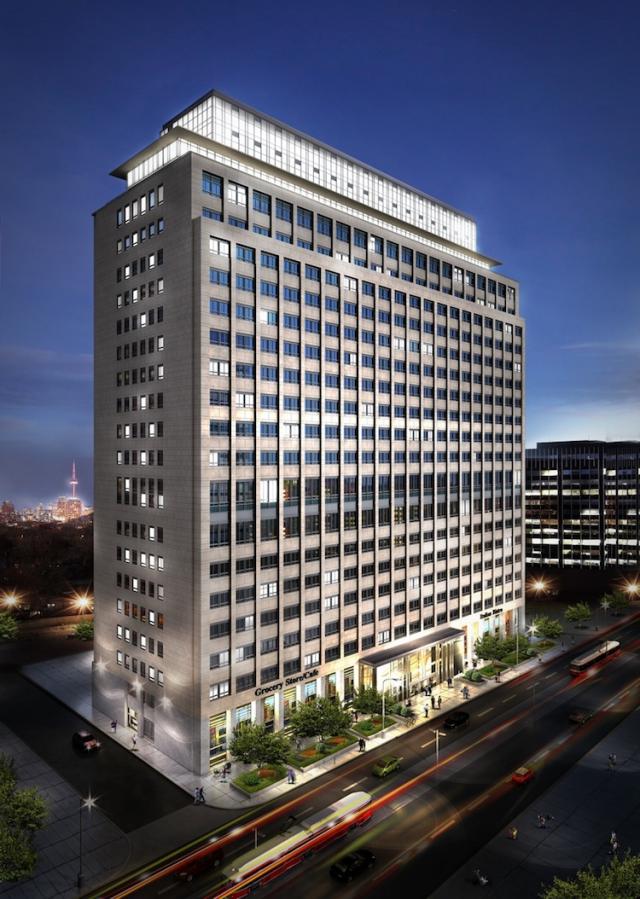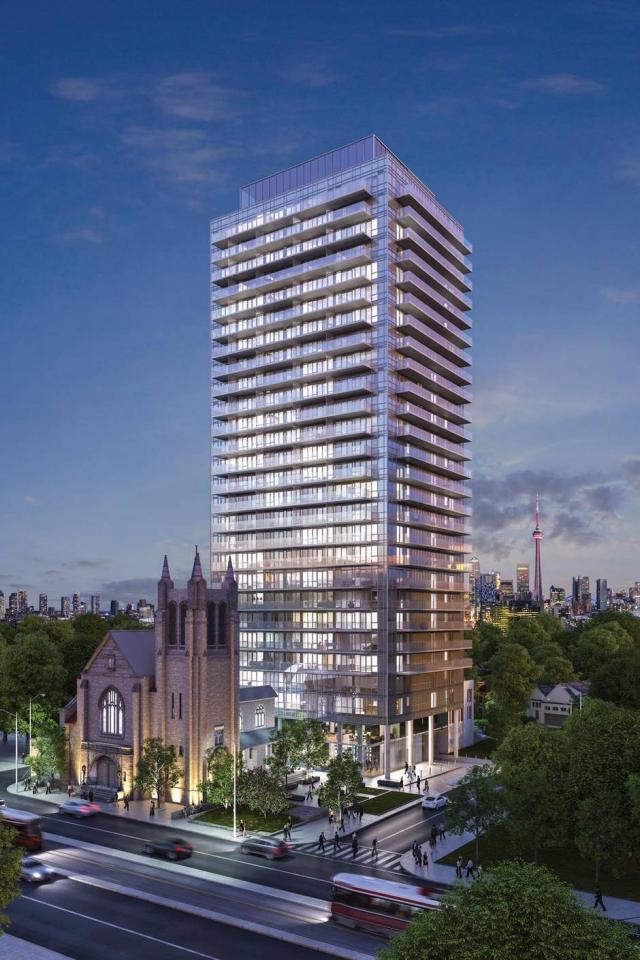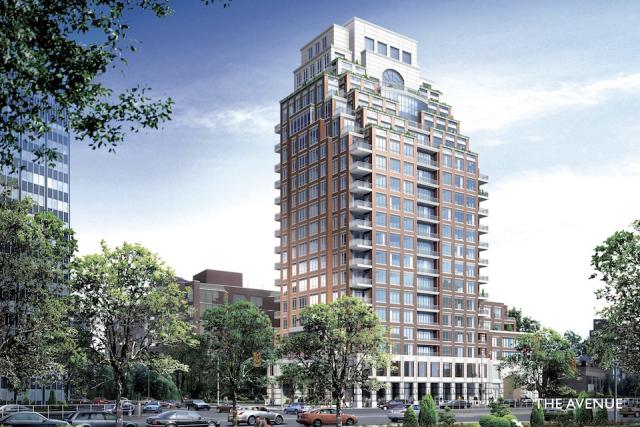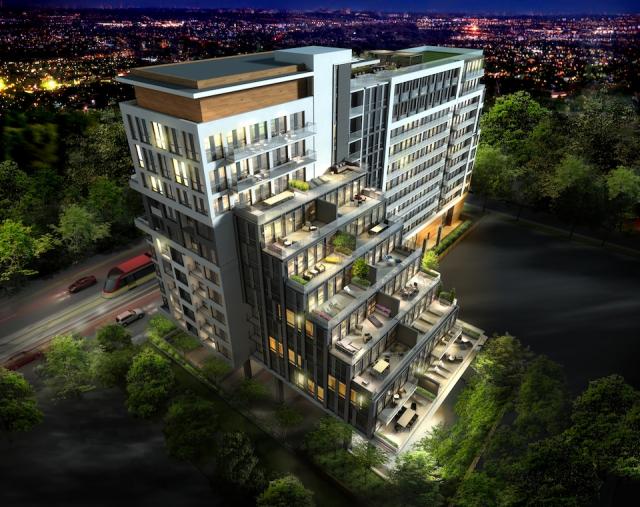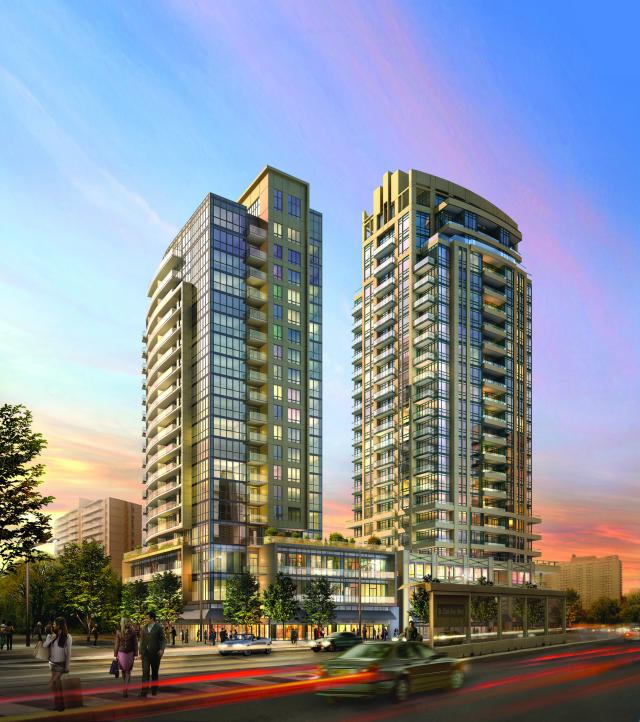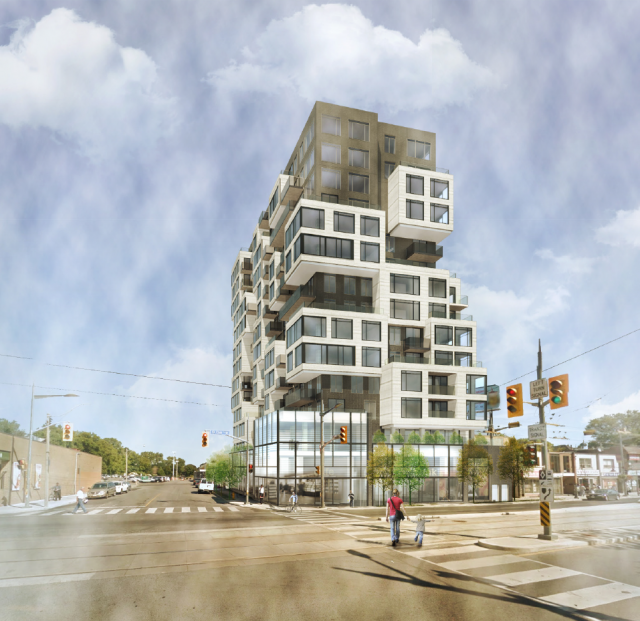TransitBart
Senior Member
Can anyone tell me why we are all so afraid of light rail? what the irrational insanity about this is? Any midsize European city (the size of Hamilton, London, Kitchener/Waterloo) has a decent streetcar network. Personally, for the city building opportunity, and the permanence I'd jump at it each time. We really are a bunch of transit peasants. Buses are fine as transit. They just don't deliver the whole package. Something is amiss here when a city the size of London can't see its way clear to an opportunity to transform its downtown. Hats off to those who had the courage in Kitchener Waterloo. I think that investment will pay off in spades over time.
Postscript. If the vision-less crowd running the show in Toronto, Hamilton and London can't get it right, I have no illusions that Metrolinx/MTO/the Province will not step in and force construction on needed network infrastructure for GTHA. That the parochial fools running Brampton can't see the value of the LRT running from Port Credit GO to Brampton GO linking interregional with local is a shame. It means that our city politicians really are that dense.
The province can't allow the cities to choke themselves. It's nice to have everyone on board, but 2/3 of the provincial GDP and about 25% of Canada's GDP come from the GTHA. Not making these investments is affecting the whole country. Every citizen - even in outlying areas - will benefit from thriving cities which are the source of our collective Canadian wealth.
Postscript. If the vision-less crowd running the show in Toronto, Hamilton and London can't get it right, I have no illusions that Metrolinx/MTO/the Province will not step in and force construction on needed network infrastructure for GTHA. That the parochial fools running Brampton can't see the value of the LRT running from Port Credit GO to Brampton GO linking interregional with local is a shame. It means that our city politicians really are that dense.
The province can't allow the cities to choke themselves. It's nice to have everyone on board, but 2/3 of the provincial GDP and about 25% of Canada's GDP come from the GTHA. Not making these investments is affecting the whole country. Every citizen - even in outlying areas - will benefit from thriving cities which are the source of our collective Canadian wealth.
Last edited:






